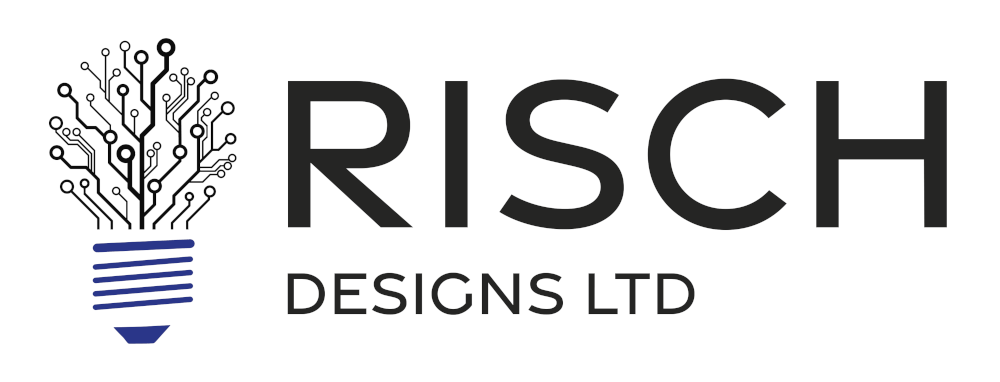Low cost 3D printer
Project Boxes
One of the problems I have found with designing and building electronics is finding a suitable case. Off the shelf cases usually have 1 dimension that is too big – you find the correct length & width box but it is too tall. They may also have internal supports / ribs and often the dimensions of these are not shown on the diagrams. Then, if you do find something suitable, you need to drill / cut the holes and this can be very time consuming to get a professional looking finish.I had a few boxes 3D printed for some projects and was very pleased with the results so I decided to get my own printer. Around the time I was looking for a printer, Aldi UK had a Balco Touch on offer for £300. After a bit of research, it appeared this was a clone of a Wanhao Duplicator i3 Plus so I decided I’d invest in one.
Balco 3DPrinterTouch
The printer arrived and only required minor assembly and was ready to go in under 20 minutes. It has a heated bed, good print size and easy to use touch screen interface. One of the Aldi adverts said there was a USB interface but this was not the case (more about that later). This wasn’t a big deal as the printer was supplied with an SD card that you can print from. After leveling the bed, I printed one of the examples supplied on the SD card just to prove everything worked OK. I have used it like that for almost 12 months and I have been happy with the results.Niggles
There are a couple of things that I didn’t like about printer. The first is that when you print off the SD card, the filename is truncated so if you have a lot of files on the SD card it can be difficult to find the correct one. A bigger problem was that after one print, I went to remove the filament before I’d taken the printed item off the bed. When you do this, the print head moves down to touch the bed before raising and heating the extruder to allow the filament to be removed. This resulted in the carriage hitting the printed item and the x-axis ending up out of alignment. Luckily nothing was damaged and with a bit fiddling I got the x-axis aligned again. The other minor niggle was the lack of USB socket but this was still not a big issue.Improvements
After the head crash into a printed item I found levelling guides on Thingiverse and printed a pair of these to help the vertical alignment. With the standard firmaware, you need to turn the power off to the machine in order to turn the threaded bars on each side to level the carriage. This should be done by hand to avoid bending the bars. With the upgraded firmware, there is an option to turn off the motor drive and then they can be adjusted by hand.While investigating what improvements could be made, I came across a YouTube video that described how to add a USB socket to this printer. When you take the base off the printer, the screen print on the PCB confirms it is a Wanhao printer. In the video a hole is cut on the side of the case for access to the USB socket. I decided against this because I wasn’t happy doing metal work on the case while all the electroincs are still fitted. Also, unless the hole is punched out, it is difficult to make a neat job. I took the approach of soldering a cable into the USB footprint, feed the cable out through the case and solder a USB-A socket on the end of it. My next job is to print a housing so I can fasten the new USB socket on the Z-axis tower.
One of the recommended improvements for this printer (and all the clones) is a Z-brace to improve the stability and therefore print quality. There are several different versions on Thingiverse but I chose this one which had a good description and list of parts to purchase and print. All the prints worked first time and fitted correctly so I can recommend this project.
Once the z-brace is fitted, it makes it more difficult to remove the front panel so I did a firmware upgrade before attaching all the parts. The firmware update is described here. This gives an improved user interface with the ability to tune / calibrate your printer, presets for filament & bed temperature, finer control over motors etc. It also shows the full filename of files on the SD card so it is easier to select the correct print.
Future Plans
The next planned change is to add a Raspberry Pi with camera running Octoprint. This will allow me to have a web interface to the printer and possibly move it to a different location / room.Adding an enclosure is also on the list of mods so the temperature can be controlled better and extraction can be added to I can print with ABS
×




